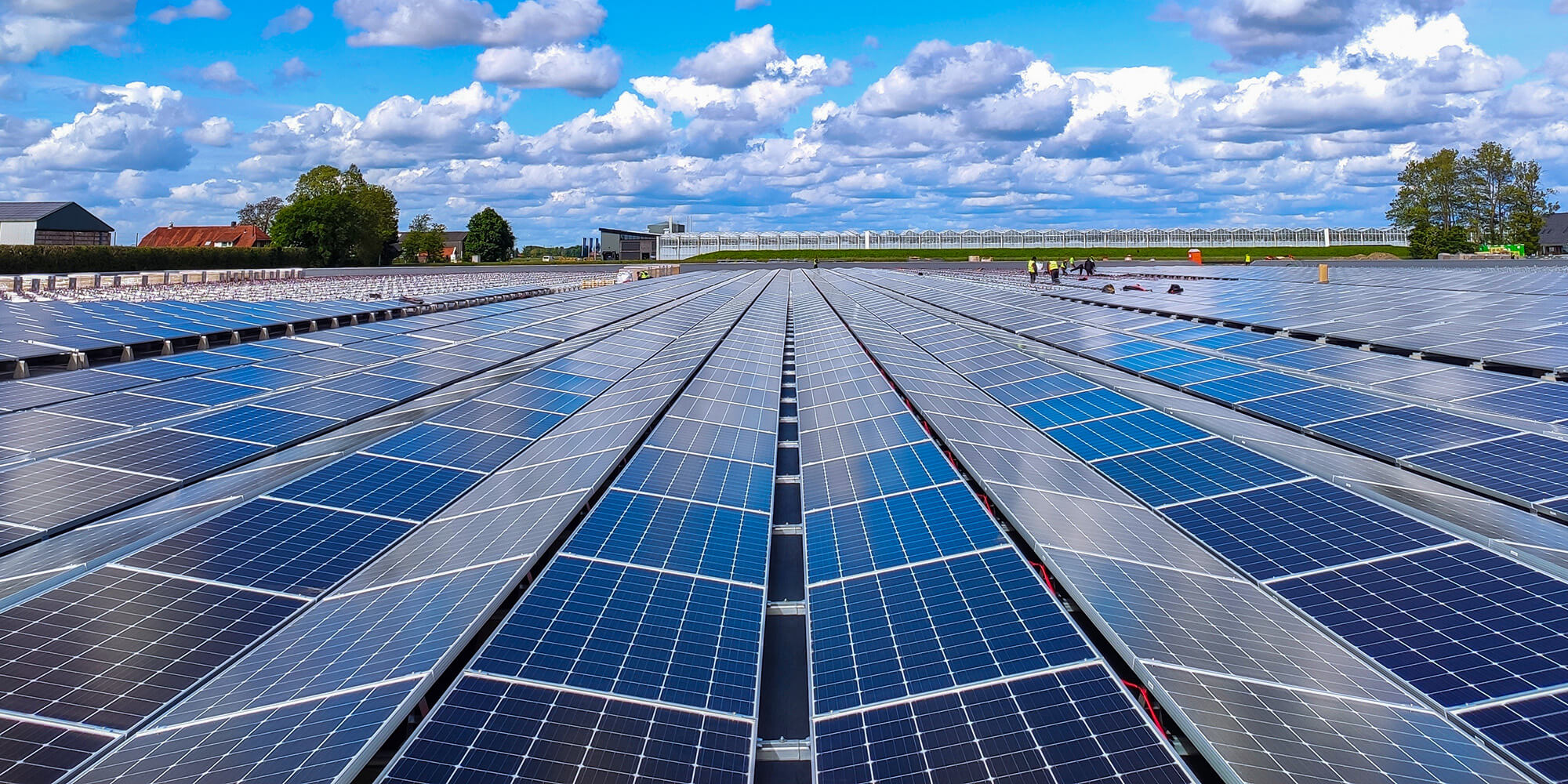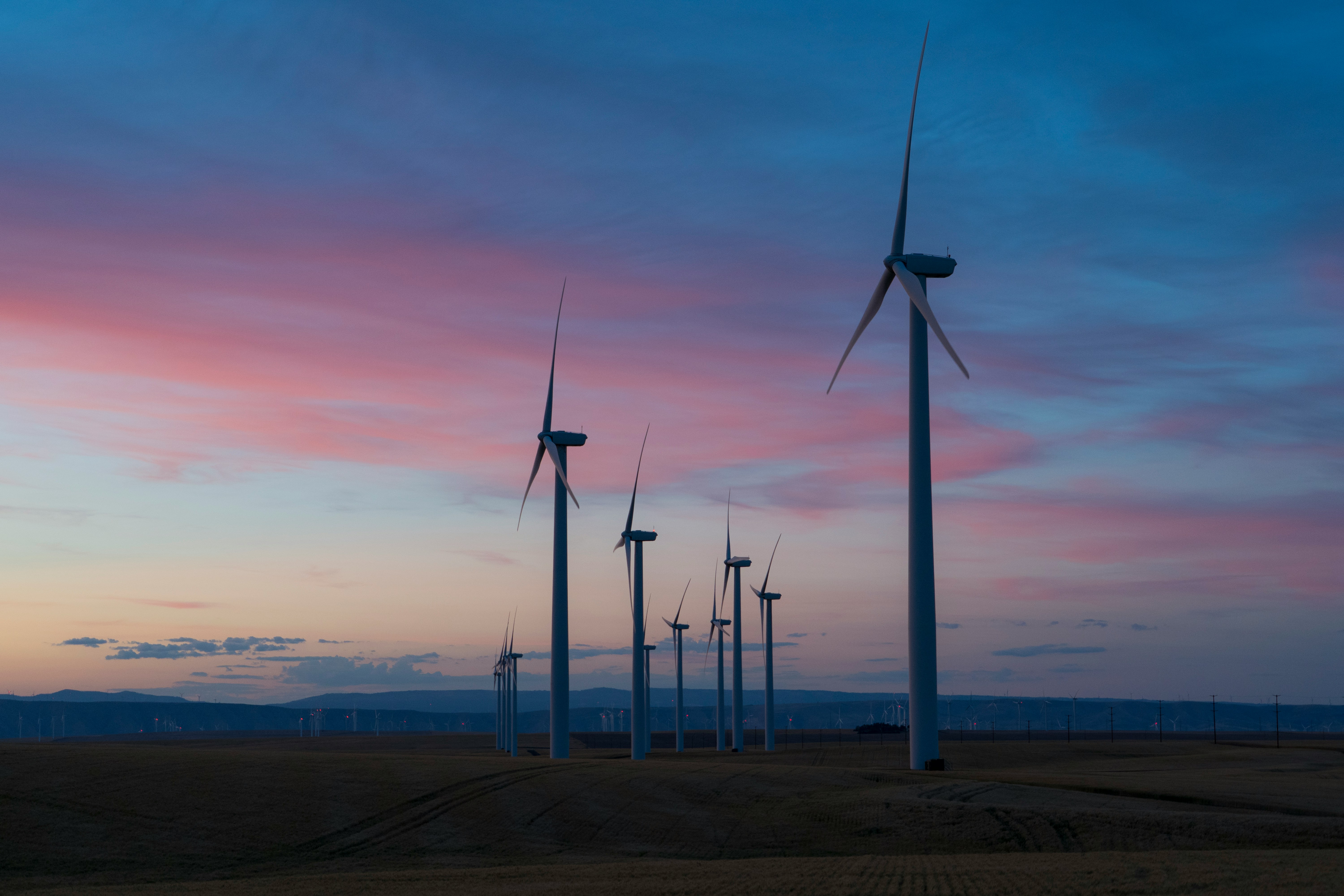What can be done in the near term?
While vessel design for reduced fuel consumption and other supportive technological advancements are on the drawing table, propulsion systems for alternative fuels developed, green fuels explored (hydrogen, ammonia, bio), electrification of ferries and vessels for short sea hauls – what can or should be investigated for the near term? Kirsten Å. Øystese from Norsk Klimastiftelse writes about a transition market, a marketplace for financial trade of green fuels similar to the electricity markets. In the electricity markets, Guarantees of Origin are used to document the use of renewable energy. Øystese reckon giving an incentive to procure green fuels may make the lane shorter for the industry to reach the target set forth by the International Maritime Organization (IMO).
“With a financial market for buying and selling origin-guaranteed green fuels, money will flow into the value chain. When shipping has faster access to larger volumes of green hydrogen, green ammonia, biogas or green methanol, it will also be physically possible to phase out fossil fuels in shipping.”
Worth noting is that she found a study made in the US that illustrates that over 70 percent of the Americans will choose to trade goods that are shipped on cleaner ships, even if it would provide somewhat more expensive transportation.
Onshore activities and facilities – document use of renewable electricity
An immediate step to action is to gather your company’s total annual electricity consumption from all your facilities globally and make sure that you procure Energy Attribute Certificates (EACs) to document the use of renewable energy. Your auditor will not approve a claim for renewable electricity without appropriate documentation. The market and process are explained in an earlier article.
Another step is to collaborate with ports of call and relevant parties to ensure renewable electricity is available while in port. Mentioned activities will make your climate initiatives visible for your external stakeholders, in which have become paramount in attracting investors (that believe there is a future for your company).
Environmental impact at sea – the use of carbon reducing projects
The international nature of shipping poses many opportunities when it comes to giving back to the oceans and local communities where the industry leaves a footprint. Shipping companies and companies using any mode of transportation should utilize carbon reducing projects as a means of supporting the reduction of their carbon footprint. It is not the ultimate solution, but in combination with technological advancements and green fuels it is a necessary step towards net zero emissions and alignment with the Paris Agreement.
“Increased shipping traffic also threatens natural habitats around ports and near shipping routes. Seagrass meadows, wetlands, and mudflats – which are increasingly recognized as fundamental elements of a country’s natural environment and economic resource base – are often located near or in maritime port locations.”
There are carbon reducing projects that are likely to support UN’s Sustainable Development Goals (SDGs) close to your ports of call. In addition, invest in projects that secure the growth of mangroves and seaweed to ensure carbon sequestration. “While there is evidence that wild seaweed already contributes to carbon removal, there is potential to cultivate and harvest seaweed for use in a range of products, including food (human and animal), fuel and fertilizer.” There are inspiring stories to tell for your communication department when you have taken the step to invest in seaweed (especially within the hospitality industry – cruise lines). For additional information on carbon reducing projects, please revisit my article Reaching Carbon Neutrality or Net Zero.

Seek inspiration
I strongly believe that it is important to seek inspiration from your industry peers. It becomes a true driver of climate action programmes. An example from the largest consumers of renewable energy, Google has been on the throne, but was recently passed by Amazon that is now the world’s largest consumer of renewable energy. It is about being best in class and acting on your commitment to reduce your carbon footprint. Amazon, Google, Facebook and Microsoft are all showing sustainable leadership in their business segment via their sustainability programs. In the broadcasting segment, Sky Media and BBC are frontrunners. BT have been leading the way for the telecom sector. Telefonica, Vodafone, Verizon and Telia all make substantial efforts to reduce their carbon footprint. The companies are openly sharing, not only out of proudness of their accomplishments, but also for other companies both within and outside their business segment to be inspired to act on climate.
In shipping we see A.P. Møller Maersk as the founder of the Maersk-McKinney Moller Center for Zero Carbon Shipping is taking a leading role for the industry. The company is looking beyond fuel efficiency, fuel types, operational optimization and vessel design. In an interview, Head of Sustainability Strategy at Maersk stated: “Building a new supply chain and changing incentive structures in the market to support these new solutions is very important, and this is why we are calling all actors related to the shipping industry to join this journey”. The company is also one of the founders of Getting to Zero Coalition, in which is a collaboration between the Global Maritime Forum, Friends of Ocean action, and the World Economic Forum.
Wallenius Wilhelmsen is also a part of the alliance of more than 120 companies in the Getting to Zero Coalition. The company is a frontrunner in the industry when it comes to their global sustainability efforts. Wallenius have a clear overview of their impact and actions required. The organisation’s focus on transparency is commendable.
“Transparency has a central role in making sustainability a business virtue, a trend Wallenius Wilhelmsen believes is becoming ever more important for driving progress. Knowing the right questions to ask underpins the value of sustainability disclosures, so we are delighted to contribute to the Sustainability Accounting Standards Board.”
Reporting and disclosing sustainability activities are of greatest importance and will be addressed in my next article. Prior to concluding, I would also like to recognize MSC for their efforts on supporting the SDGs. There is a growing number of companies in the shipping industry focusing on their impact on the sea and on land. Energy majors heavily rely on the maritime industry hence are also involved to support the industry in its efforts to protect the environment. I believe the shipping industry have come far when it comes to focusing on the environment, however, much is centered around the vessel itself and its fuels.
Conclusion
When ships are at berth many do their outmost to use shore power, but I do not see many companies reporting that they utilize renewable electricity. In order to claim renewable electricity use while in port or for onshore facilities, an Energy Attribute Certificate must be used to document such claim. Ensuring the use of renewable electricity is an easy step towards supporting SDG #13 – climate action. It may not have the largest impact when looking at your company’s total carbon footprint, but learning the mechanics of the electricity markets and the use of certificates to document its origin, may initiate actions for a transition market and incentivize for financial trade of green fuels.
“Ensuring the use of renewable electricity is an easy step towards supporting SDG #13 – Climate Action.”
I have also read about companies that support community programs across the world (which is great!), yet not many invest in carbon reducing projects that may have both community and environmental impact. Investments in such projects can also be used for reporting (to initiatives) and in your sustainability reports.
Fuel efficiency, waste management solutions, improved ballast facilities, minimize biofouling, installations of cleaning systems, new propulsion systems and green fuels are currently addressed. Do not forget that viable solutions to reach your net zero target is also to secure the use of renewable electricity and invest in carbon reducing projects as well as carbon sequestration projects.
Wonder how to get started or just interested to share insights from the shipping industry? Feel free to reach out for a friendly talk. I am part of the Ecohz team that are providing small and large companies with climate- and renewable energy solutions.


.png?width=3840&height=2560&name=Sun(1).png)

.png?width=3840&height=2560&name=Landscape_2(1).png)





